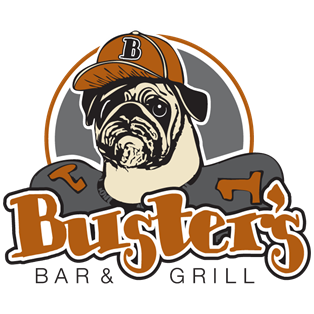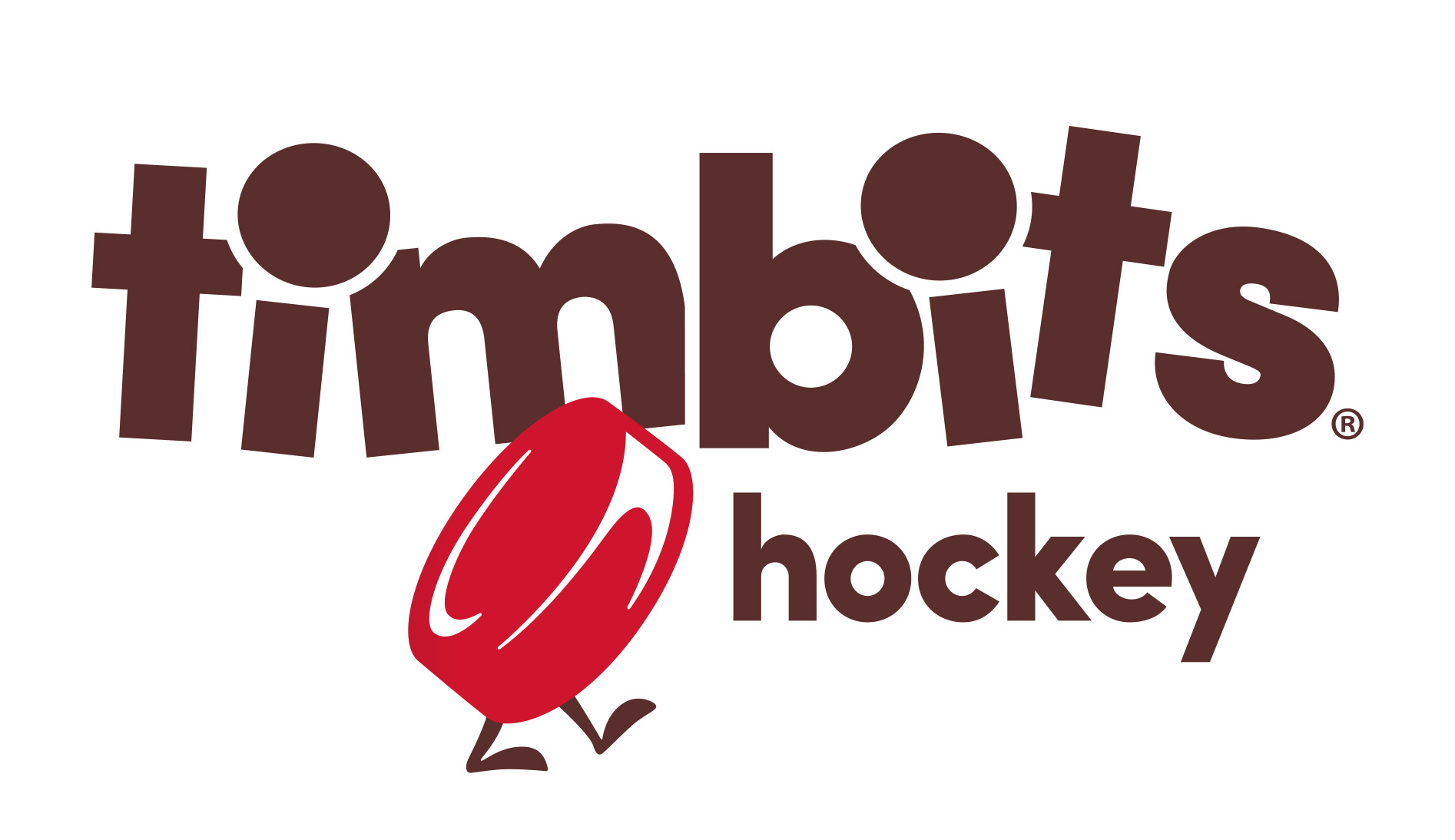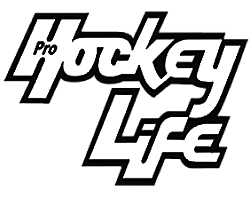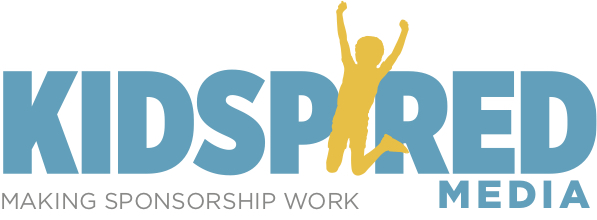Equipment safety
All players' equipment must meet the safety standards established by Hockey Canada as identified by the CSA-approved sticker. Additionally, equipment must meet the regulations in terms of size and configuration as established by Hockey Canada.
Fitting
Properly fitting equipment is as critical as having the accepted safety standard in the prevention of injury. While we realize that the cost of hockey equipment makes “buying a bit big” very attractive, there must be an overriding safety concern. All Team staff officials are mandated to ensure that equipment fits appropriately throughout the season. Hockey Canada has developed a video to help walk staff officials and parents through proper equipment fit.
Helmets
OWHA and the KGHA follow the Hockey Canada Policy on the Application of Stickers on Helmets: The Application of Stickers on Helmets
Hockey Canada recommends that prior to applying anything to the helmet including stickers that they refer to the manufacturer's instructions and if applicable the sticker manufacturer to confirm the type of adhesive they are applying will not jeopardize CSA certification and/or the manufacturer’s warranty. It is the sole responsibility of the equipment user to ensure that they are not applying adhesives or other materials that may affect the integrity of the helmet and ultimately void the CSA certification and/or the manufacturer’s warranty.
The KGHA does not furnish any helmet stickers nor do they recommend any helmet stickers
All helmets require ear protection. All straps must be secured to keep the helmet in place. (This applies to players and staff)
Cages must be approved type and configuration, identifiable by the CSA sticker. Please note that the expiry date on the CSA sticker is not applicable in Canada. The Hockey Canada website states that the lifespan of a hockey helmet is not easy to determine. Many factors, including the amount and type of use, care, and maintenance, storage, etc., determine a hockey helmet’s lifespan. Consumers should exercise good judgment as to the suitability of a hockey helmet for play. Helmets that are cracked, have a loose fitting or missing liner pieces, or have been subjected to a severe blow should be replaced.
Goalie masks
Goalie masks must be CSA-approved. The cage cannot be the pro “cats-eye” type with the large eye wholes. There is an approved version that has an additional bar to reduce the hole to an approved standard.
Goaltenders are required to wear commercially available neck protectors and throat protectors (commonly referred to as "cow catchers") at all levels in the KGHA unless the goaltender's helmet is equipped with a Type 3 facial protector distinguishable by a blue sticker bearing the CSA certification mark.
Stick safety
Regularly check sticks to ensure there are no breaks, chips, or cracks in the blade or shaft. If any of these are found, the stick or blade should be replaced.
Any cuts of a fiberglass stick should be done with a hacksaw and taped to prevent penetration of the skin by any strands and dangerous splintering.
Butt end safety
There is the potential that the butt end of a stick might fit through the CSA-approved cage if not covered sufficiently. Hockey Canada Rule 21(a) states that the end of the shaft of all sticks must be covered to protect against injury. All staffs are to check sticks to ensure that the butt end is sufficiently covered and large enough to prevent penetration of CSA-approved cage masks.
Skates
You should always wear foot socks with your skates. They absorb sweat and help reduce the spread of bacteria and corrosion of the skate materials.
Do not allow pressure points to blister as it will promote bacteria in the skate and infect the wound. You should apply Vaseline to pressure points as soon as they are noticed and reapply periodically. Cover any blister with moleskin, medical tape, or form pads.





